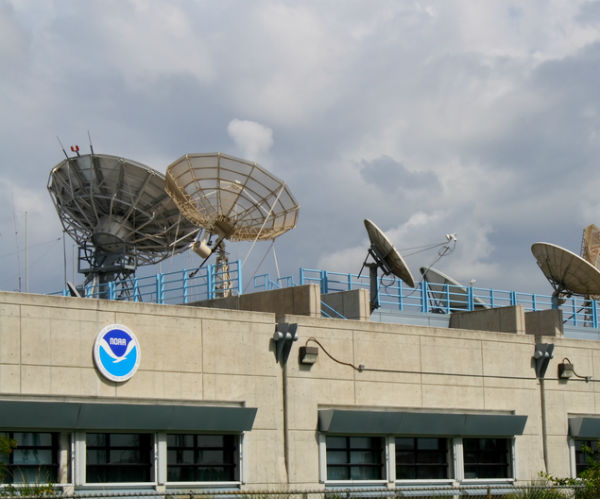As reported in a recent Wall Street Journal article by the National Association of Scholars President Peter Wood and research director David Randall, many research results published in scientific journals shouldn’t be trusted. They make this assessment as a follow-up review of a 2005 study report issued by John Ioannidis, now a professor of medicine at Stanford, that about half of the claimed results can’t be experimentally replicated.
Wood and Randall emphasize a public danger that occurs when government policymakers knowingly or unwittingly cherry pick non-validated research conclusions that suit their special agendas. They attribute chief causes of this irreducibility to scientists who fake statistical significance out of noisy data, who make bad decisions regarding what comprises appropriate research techniques, and who are susceptible to promotion and peer pressures which bias their conclusions.
As the authors note in particular, “The whole discipline of climate science is a farrago of unreliable statistics, arbitrary research techniques and politicized groupthink.” I will add here that even worse, government is the principal sponsor, perpetrator and consumer of this pseudo-science morass.
For example, as I reported in February of last year, former National Oceanic and Atmospheric Administration scientist Dr. John Bates went on record that NOAA had knowingly released “unverified” global warming temperature data for the purpose of influencing policy agendas favored by the Obama administration at the 2015 Paris climate conference.
The goal was to formalize a global treaty whereby advanced nations would commit to sweeping reductions in their uses of fossil fuel accompanied with huge expenditures for climate-related aid projects.
Whistleblower Bates accused his former boss, Thomas Karl, of “insisting on decisions and scientific choices that maximized warming and minimized documentation . . . in an effort to discredit the notion of a global warming pause, rushed so that he could time publication to influence national and international deliberations on climate policy.”
Karl’s flawed report contradicted satellite and surface record evidence of flat global temperatures between 1998 and 2013, claiming that the “pause” or “slowdown” in global warming never existed, and that world temperatures had been rising even faster than expected. Bates specifically charged that the surface land temperature assessment models Karl used were known to have devastating software bugs.
NOAA has resorted to similar tricks to promote alarmist rising sea level projections based upon glaringly unreliable global climate model predictions. In reality, sea levels have been rising without acceleration at the rate of about seven inches per century since before the Industrial Revolution introduced smokestacks and SUVs.
Meanwhile, the organization has steadfastly stonewalled demands for corroborating research evidence and related internal communications . . . even from Congress.
As then-House Science, Space and Technology Committee Chairman Rep. Lamar Smith, R-Texas, charged, “It was inconvenient for this [Obama] administration that climate data has clearly showed no warming for the past two decades. The American people have every right to be suspicious when NOAA alters data to get politically correct results they want, and then refuses to reveal how those decisions were made.”
Together with NOAA, NASA’s Goddard Institute for Space Studies (GISS), a small politically-protected climate modeling shop located in a midtown Manhattan office building, shares a troubling history of statistically indefensible global warmongering.
GISS is well-known for alarmist headline-grabbing media claims that “NASA warns hottest day, month or year” based upon “tuning”global temperature data and abbreviating recorded timelines to make the past colder in order to have recent temperatures appear remarkably warmer.
In reality, despite increased atmospheric CO2 levels, radiosonde (balloon) recordings of the Earth’s atmosphere show no significant overall warming since the late 1950s. The only alarming trend involves a political science climate…one where man-made changes are urgently overdue.
There is finally a faint glimmer of hope that this can occur. Last month, EPA Administrator Scott Pruitt promised to soon put an end to his agency’s use of “secret science” to craft costly and counterproductive environmental and energy regulations. He told the Daily Caller News Foundation, “We need to make sure that their data and methodology are published as part of the record. Otherwise, it’s not transparent. It’s not objectively measured, and that’s important.”
MIT Professor Emeritus of Meteorology Richard Lindzen underscores the urgency of getting politics out of science. Otherwise, he projects, “What historians will definitely wonder about in future centuries is how deeply flawed logic, obscured by shrewd and unrelenting propaganda, actually enabled a coalition of powerful special interests to convince nearly everyone in the world that CO2 from human industry was a dangerous planet-destroying toxin. It will be remembered as the greatest mass delusion in the history of the world — that CO2, the life of plants, was considered for a time to be a deadly poison.”
Political pollution of science, on the other hand, is something truly worthy of concern.
We owe present and future generations much loftier standards.
